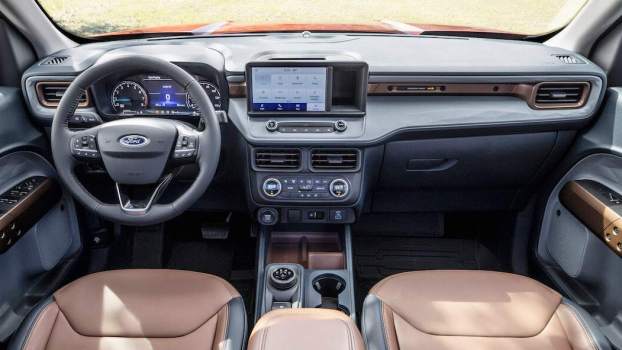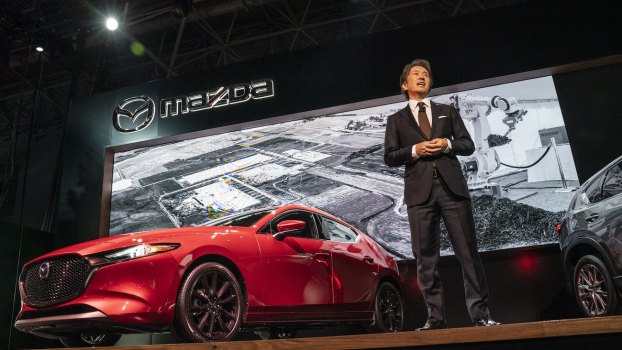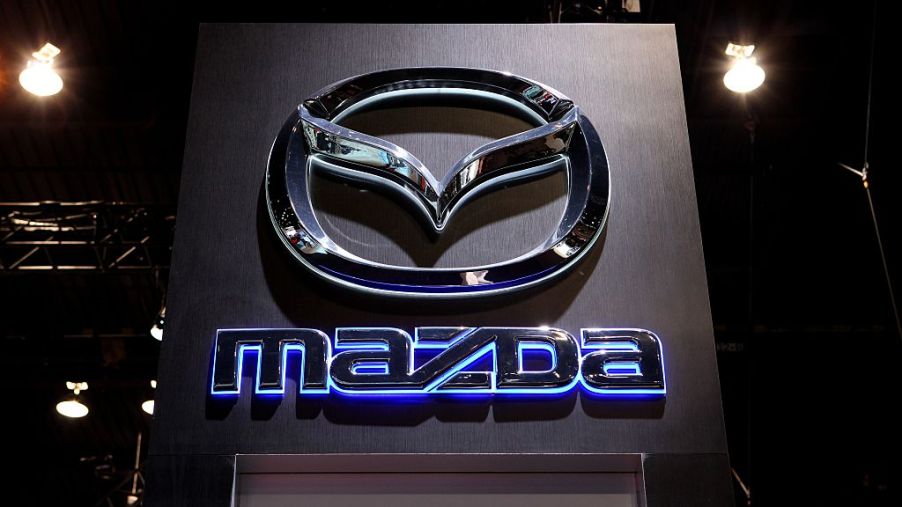
Is Mazda Owned by Ford?
Each car brand offers many models and makes to choose from, but it’s not always easy to decipher which brands belong to which parent company. Ownership can change, a parent company could split up, and brands often collaborate. These situations will likely go unnoticed unless you follow the car market closely.
You might go in thinking you don’t want a Dodge and would rather have a Buick, only to realize the same parent company owns them. When it comes to Ford and Mazda, wondering who owns who and if they are from the same parent company might cross your mind because these companies have a history.
Mazda’s humble beginnings
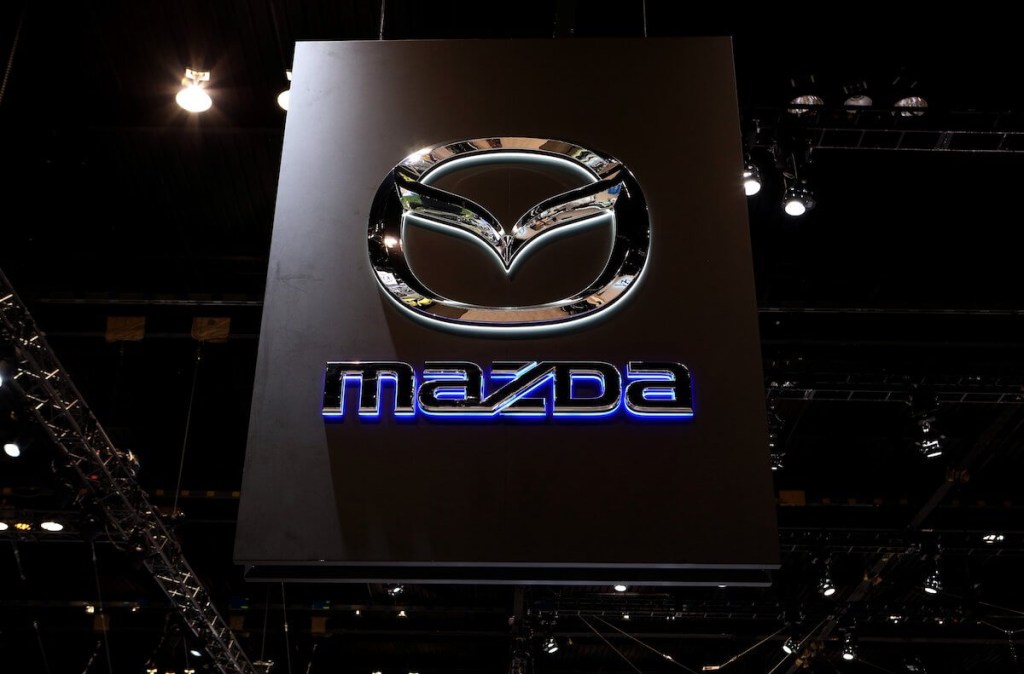
Mazda and Ford began as separate companies, with Ford being founded in 1903 by Henry Ford and Mazda being founded by Jujiro Matsuda in 1920, according to History.com.
Matsuda started in Japan at a cork-making company, but a decade later, he produced Mazda’s first vehicle, the Mazda-Go. The company took a hiatus during World War II but came back on the scene in the ’50s. Mazda would become part of the American market in 1970 with its first mass-produced, rotary-powered car to break ground in the U.S. That car was the venerable RX-7, which came out in 1987.
Later, at the 1989 Chicago Auto Show, Mazda introduced the MX-5 Miata, which was named the Guinness Book of World Records best-selling two-seat convertible in history in 2000. Additionally, the Mazda 787 B won the 24 Hours of Le Mans race in 1991, which would be the first time that a rotary-powered car would win.
For Ford, the Model T would become one of the most popular cars in the world, in production from 1908 to 1927, with over 15 million cars made. Ford innovation brought the first moving assembly line in the world dedicated to automaking to Michigan.
The company boosted the economy with its $5/hour pay, more than double the previous wage. The company produced many jeeps for the military in 1941 and opened up for the public in 1945. Ford began selling stock in 1956, with an astounding 10.2 million shares sold on the first day.
The automaker would acquire Aston Martin in 1987, become the highest-earning auto company worldwide in 1988, and buy Jaguar in 1989. Ford was undoubtedly growing, and in 1990, it introduced the Explorer, which became the nation’s best-selling SUV through 2005.
Mazda and Ford collaborate
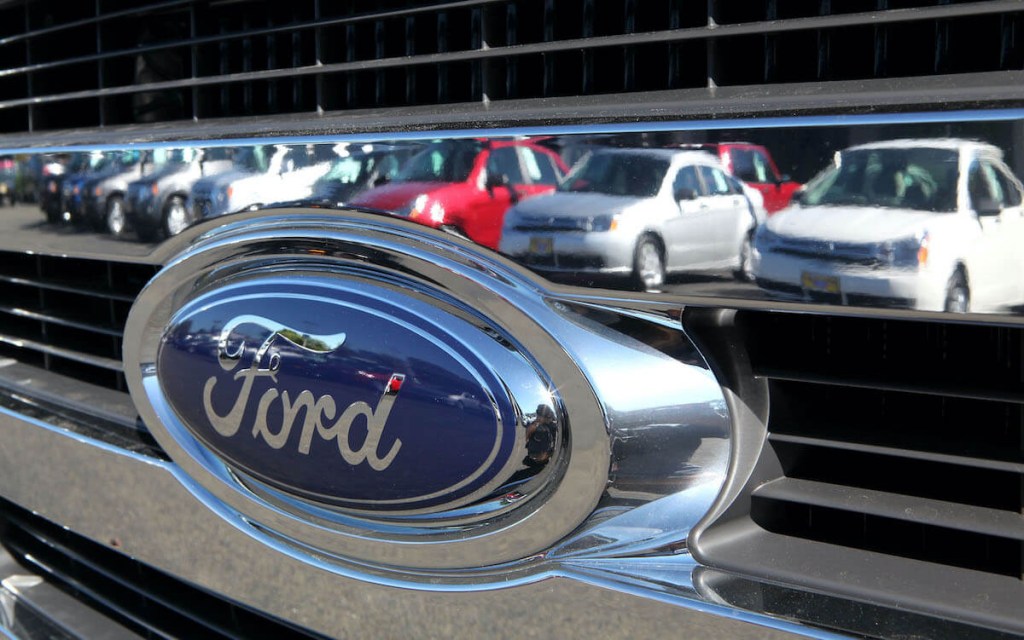
In 1979, Ford took a 25% stake in Mazda. In 1996, due to Mazda’s economic slump, Ford took a controlling stake to help them avoid bankruptcy. Ford changed Mazda’s name to Auto-Alliance International, but Mazda is still how buyers knew the brand. The two companies would share manufacturing facilities as well as vehicle platforms and numerous other resources.
During this partnership, Ford would produce flexible-fuel vehicles, sell the first taxis that used natural gas to New York City, and go through the 2000 Bridgestone/Firestone recall crisis involving 271 rollover deaths in Ford Explorers.
2005 was particularly rocky for Ford, even with the release of the new gas-electric hybrid SUV and its settlement from the tire crisis. But Ford would lose market shares for the 10th year in a row, lose the title of America’s best-selling brand, and see a drop in market shares of 18.3% from the previous year.
The end of a great relationship
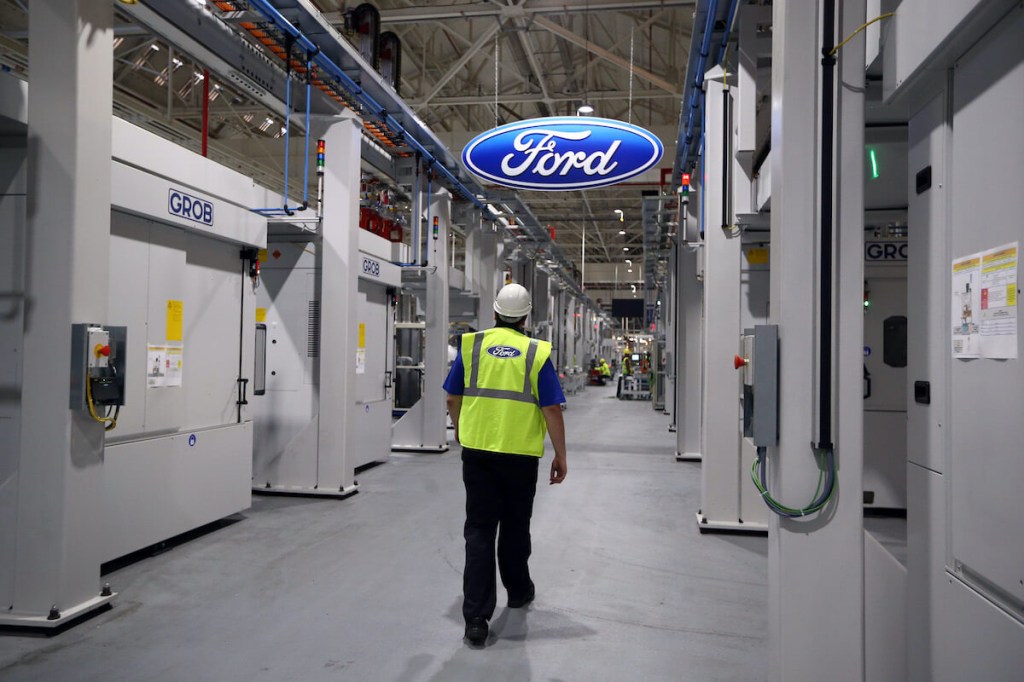
The relationship between Ford and Mazda would end after 40 years. In 2008, the companies parted ways, with Ford selling most of its shares, only retaining 11%. The economic crisis was a global issue and caused auto sales to fall, leaving Ford no choice.
In 2009, Mazda would celebrate the 20th anniversary of its MX-5 Miata, a top-selling car with almost 900,000 in sales and about 180 major auto awards.
Ford and Mazda would still share information and partner on projects, but the development of vehicles together would end. It was smart on Ford’s part, though — it was the only major automaker in the U.S. to avoid bankruptcy during the recession.
How Ford and Mazda are fairing today
Mazda will celebrate its 100th anniversary this year. In 2018, the company increased fuel economy with a new engine. It has also been collaborating on some projects with Toyota. But they are said to have their share of problems with the effort to move to more upscale cars and rebrand: sales were down 16% in 2018, the largest decline of all brands.
Ford has held the top spot for #1 selling vehicle in the U.S. — and Canada — with the Ford F-series trucks, and there’s something to be said for that. Shares were up 16% in 2019, which was better than any other U.S. automaker and shows promise, but there’s also word that they are struggling with the downturn in sales overall that all brands are experiencing. With $37 billion in the bank, Ford is still strapped for cash.
Editor’s note: Angela Bickford contributed to this article.
